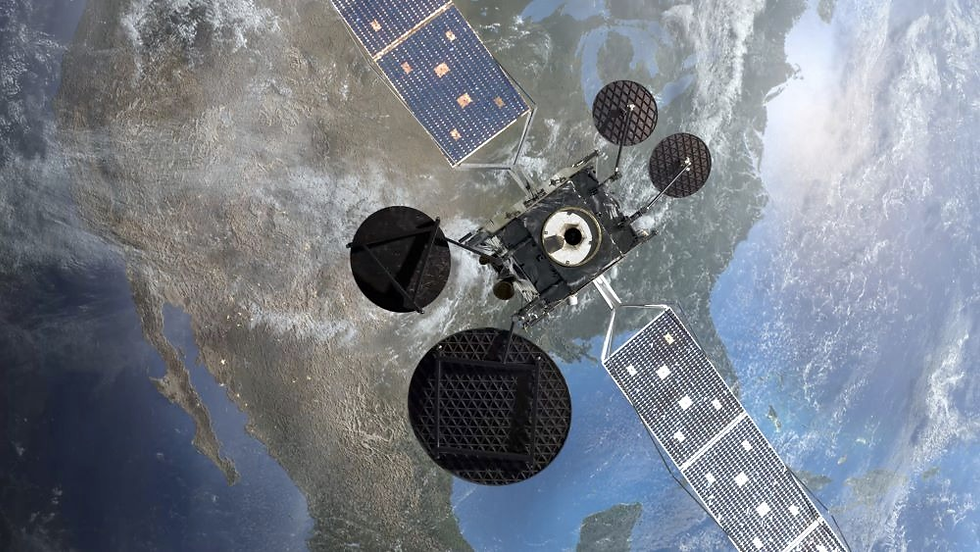SpaceX Unveils Simplified Starship Lander to Accelerate NASA's Moon Return
- MM24 News Desk
- 2 days ago
- 2 min read

Credit: SpaceX
SpaceX has unveiled a streamlined lunar lander design, responding to NASA's urgent call to speed up the Artemis program's return to the Moon. This new plan replaces a complex orbital refueling operation with a simpler approach, cutting the required number of Starship launches from up to 30 to less than 10 to achieve a crewed lunar landing.
The pressure is on for America’s return to the Moon. NASA's Artemis program, while ambitious, has been hampered by technical delays and budget overruns. A critical bottleneck has been the development of a human landing system. Without a reliable way to get astronauts from lunar orbit to the surface, the entire endeavor stalls. This urgency prompted NASA's Acting Administrator Sean Duffy in October 2025 to reopen the lander competition, challenging SpaceX and inviting Blue Origin to submit revised, accelerated plans.
SpaceX's original concept was monumental: a lunar lander based directly on its massive Starship rocket. This vehicle was designed to deliver a staggering 100 tonnes of cargo, enough to build a sustainable base. However, the engineering reality was daunting.
This plan required a flotilla of spacecraft, involving between 15 and 30 separate Starship launches to perform a complex refueling dance in a Near-Rectilinear Halo Orbit (NRHO). The process of transferring 1,200 tonnes of super-cold fuel in space presented immense technical challenges, one of which—the critical on-orbit cryogenic propellant transfer demonstration—has already been delayed until 2026.
This revised strategy, reported by New Atlas, marks a significant shift from a cargo-focused behemoth to a lean, crew-optimized vehicle. The new lander is a stripped-down version of Starship, shedding unnecessary weight by removing equipment like airfoils and heat shields meant for Earth return. It will incorporate expendable tanks and components, a trade-off that prioritizes mission simplicity and crew safety over full reusability and massive payload capacity.
A key change in the new plan is the abandonment of the complex NRHO rendezvous. Instead, the lander will meet the Orion crew capsule in a lower-energy low-lunar orbit. This simpler orbital profile not only reduces fuel requirements but also provides a much safer abort option for astronauts if something goes wrong.
The design also includes practical upgrades for the crew, stated SpaceX in its announcement. It will feature two new airlocks, each boasting more internal volume than the entire Apollo Lunar Module. Perhaps the most astronaut-friendly change is the replacement of a daunting 100-ft (30-m) ladder with a convenient hoist system to gently lower crew members to the lunar surface.
WATCH ALSO: https://www.modernmechanics24.com/post/boston-dynamics-reveals-secrets-behind-humanoid-robot-grippers
"Starship continues to simultaneously be the fastest path to returning humans to the surface of the Moon and a core enabler of the Artemis program’s goal to establish a permanent, sustainable presence on the lunar surface," the company said in its official statement. This simplified lander is SpaceX's answer to NASA's demand for alacrity, applying the same focused approach that successfully returned human spaceflight capability to America under NASA’s Commercial Crew Program.



Comments